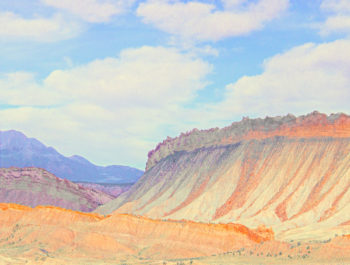How To Make Your Photography Connect With Viewers
‘The Artistic Principles’ Are Critical
Good photographs express an idea, evoke emotion, and reward the viewer. The nucleus of a good photograph is ‘Emotion.’ – The photographers’ ability to push the viewer’s emotional buttons, appeal to the viewers’ senses, and trigger emotion.
Often, photographers are so concerned with just taking pictures, and the equipment that the photographs they produce have little to ‘say.’ By ‘say’ I mean provide mental stimulation, express an idea, and evoke emotion. Viewers expect a reward, and the reward is hearing what you have to ‘say,’ not so much what you have to show. The problem is further compounded by photographers rejecting quality post-production; the one area which allows you to create the critical emotional reward viewers demand.
To be creatively successful and create emotion, you need guidelines. ‘The Artistic Principles’ are those guidelines drawn from the wider world of art. Fundamental principles that apply to all pictures, regardless of media or subject matter. Photographers must know how to control the visual structure, emphasis, and design of the photograph to successfully express an idea and trigger emotion in the viewer, which in turn provides their reward. The definition of a bad photograph is: ‘A photograph you learn nothing from and feel nothing about.’
For many photographers, just applying ‘The Artistic Principles’ is the one missing piece of the jigsaw puzzle they need that prevents them from radically upgrading the quality of their photography.
As a Silver or Gold member, you can see images in this article larger by clicking on them. Please enjoy.
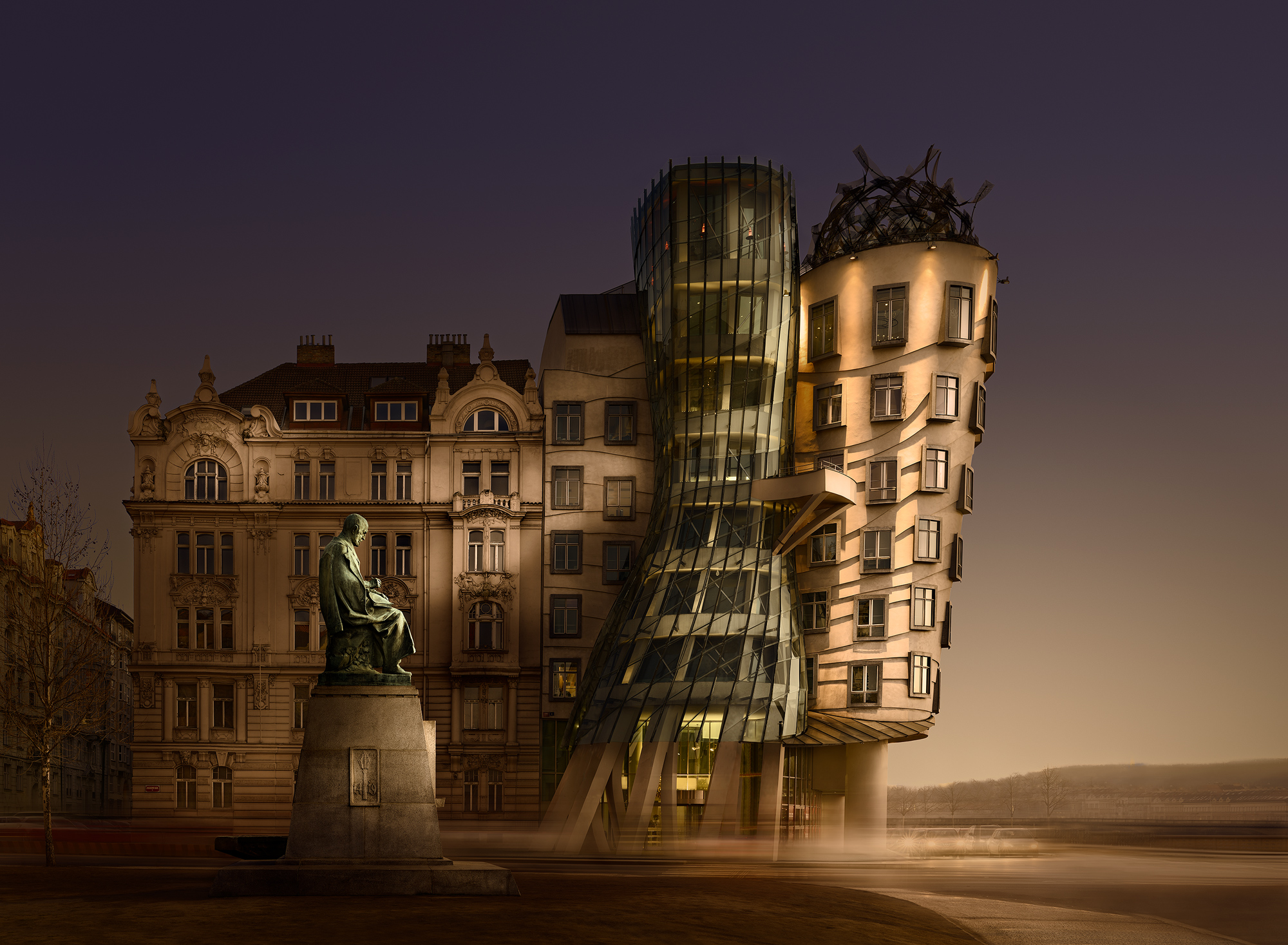
What I Mean By ‘Emotion’
Emotion is ‘what we add to the photograph as a viewer.’ The photograph must evoke something more in our imagination than what we just ‘see’ in the photograph. It must take us beyond ‘what we see’ and trigger ‘what we feel.’ Interest, curiosity, thoughts, feelings, energy. We buy a book for the story, not the book itself. The story, emotion, and ‘world we imagine,’ is the purpose and reward of the book. Emotion gives the photograph energy, life, purpose, and rewards the viewer who has no personal relationship with the subject of the photograph. Emotion changes us from detached, looking ‘at’ the photograph to an emotional investment ‘in’ the photograph. The critical emotional connection all successful photographs have in common.
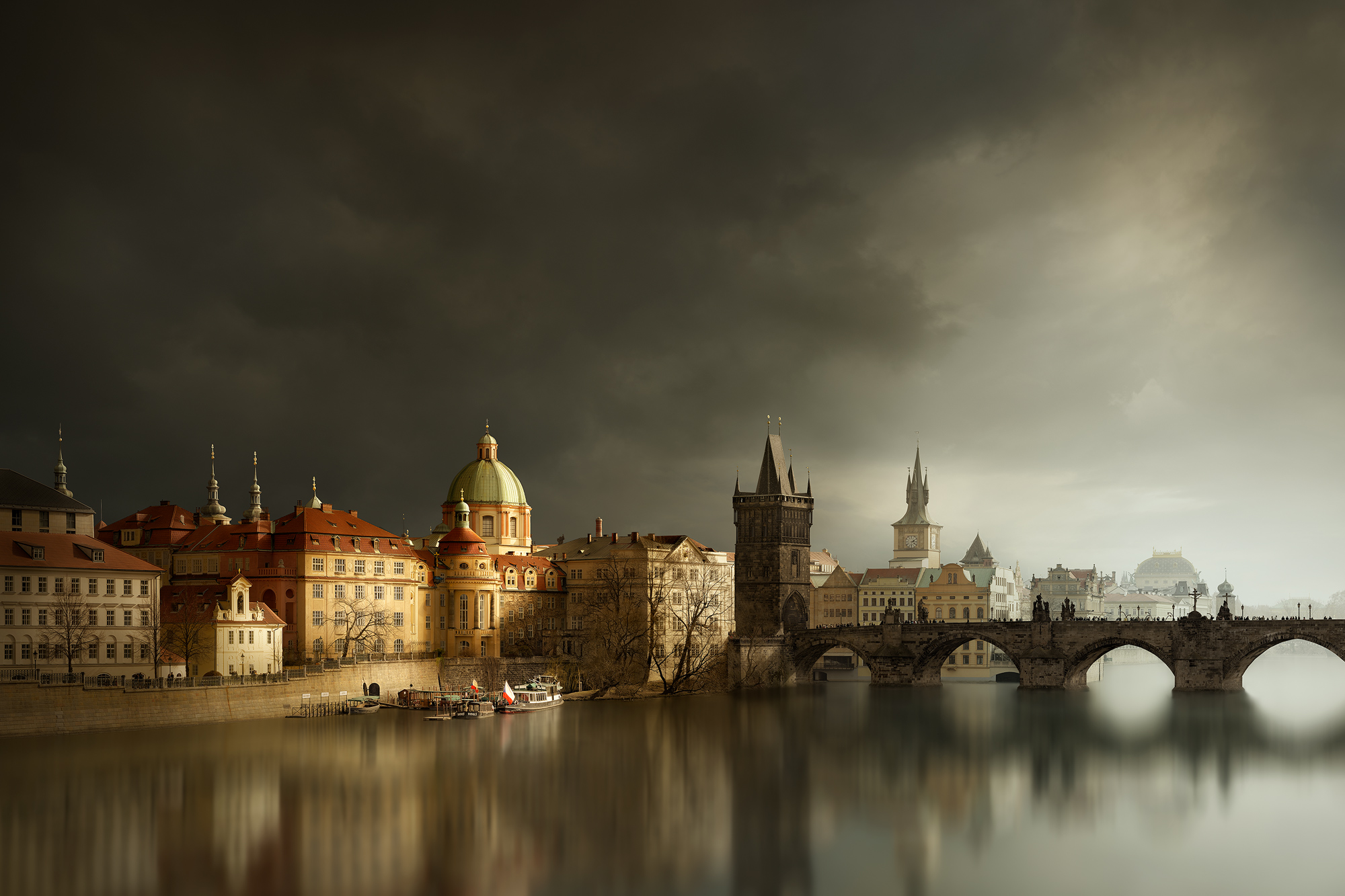
Let’s Understand The Problem First – Why Photographs Fail
What do you care about that you have no emotional connection with, and which has no purpose? You must – ‘Push the viewer’s emotional buttons, appeal to their senses and trigger emotion.’ Then you give the viewer a reward and the photograph a purpose.
Why photographs fail:
1. Only Descriptive – ‘The photograph is boring and uninteresting.’ – Let’s translate this: ‘I’ve seen it many times before, it doesn’t trigger my curiosity or imagination. I don’t learn anything new or see anything different. I gain no reward by staying, so I’m leaving.’
Nobody finds ‘obvious’ interesting, it’s a contradiction. If you only show ‘what the landscape looks like,’ it’s very unlikely it’s interesting enough to give the viewer enough reward, especially when they have no personal relationship with the subject. You can’t show a familiar subject in a literal way and expect it to trigger enough curiosity and imagination to reward the viewer. It won’t. Nowadays, everyone’s seen everything, everything’s been photographed, we’ve become desensitized. The beautiful, colorful ‘postcard’ scene or compositional detail is just not thought-provoking enough today, to reward viewers anymore because this style of photography is so common. The more familiar the subject, the more pressure to show it in a unique way to trigger the viewer’s curiosity and imagination. You can’t be unique if you don’t offer anything different or more creative than other photographers!
2. No Emotion – The photograph has no mood or atmosphere. ‘What we see’ doesn’t trigger ‘What we feel.’ The photograph doesn’t evoke any feelings, it failed to ‘push the viewer’s emotional buttons, appeal to their senses and trigger emotion.’
You must create emotion in post-production if the subject doesn’t show much emotion in the photograph. A photograph of a racing car crash shows the amazing drama of the event. There’s no need to create emotion. However, the mood in a landscape may be weak and very subdued. You must magnify, even create the emotion through the light, mood, drama, and atmosphere in post-production, in order to make successful ‘emotional’ content. The camera can’t do it all for you. Without emotion, it’s a case of “I can see what you’re showing me, but I can’t hear what you’re saying.”
The ONLY rule is: If there is no emotion, only descriptive information, that photograph will fail because it will not connect with the viewer, it feels dead.
3. Poor Craftsmanship – Poor technique. The photographer may have the correct intentions to show emotion, but can’t express that emotion visually, lacking the technical skills or artistic knowledge.
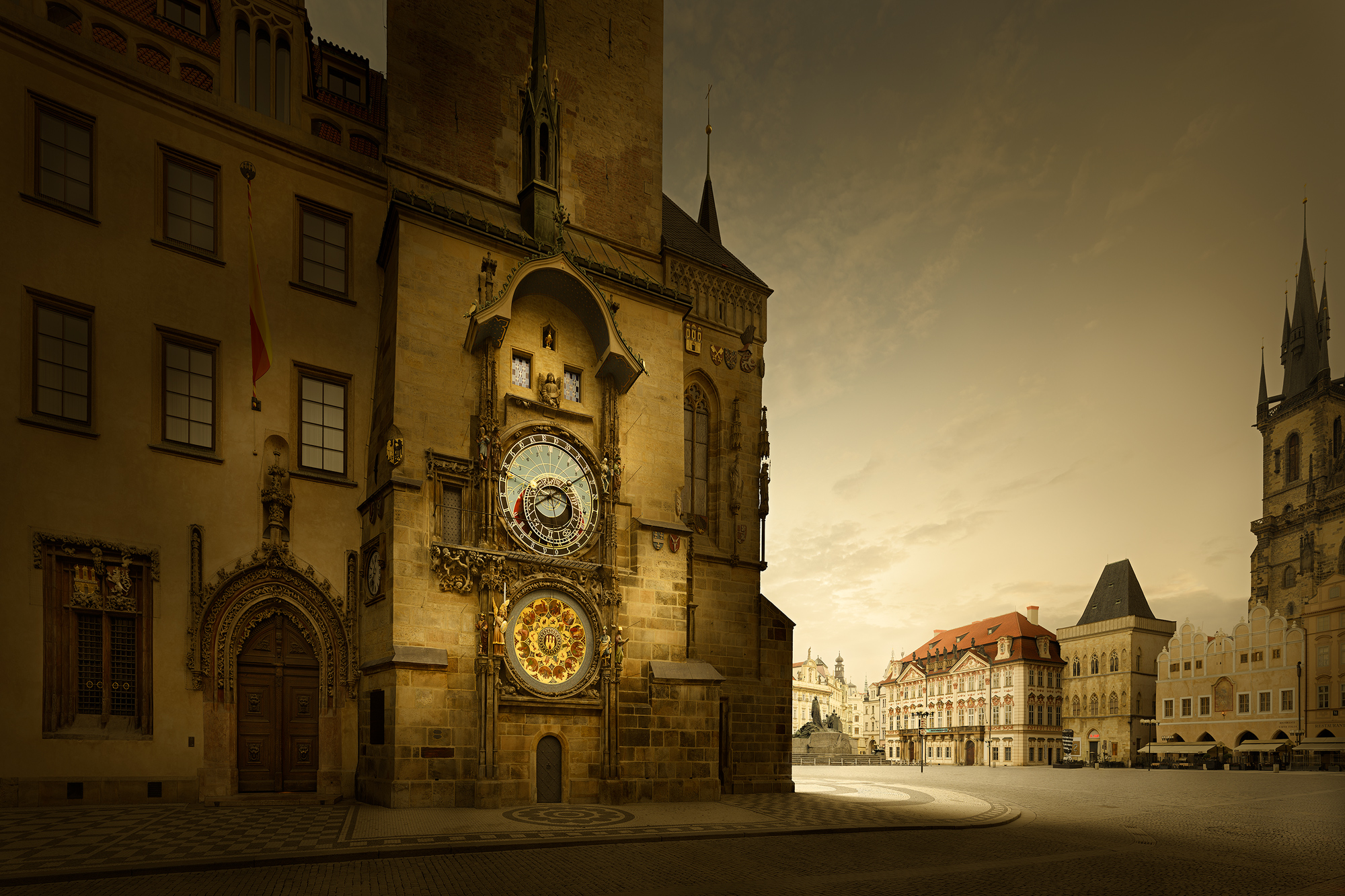
There are ONLY three types of photographs you can create:
1. Product Photograph – 100% literal. Purely descriptive visual ‘fact,’ no emotion. Viewer’s reward is information; what the product looks like. No imagination triggered. No emotion evoked, but design principles do apply.
2. Straight Photograph – More literal. Priority is showing what the subject looks like – but this is NOT a Product Photograph. It must evoke feelings about the subject and stimulate the viewer. This is the most common type of photograph taken.
3. Artistic Photograph – Less literal. Priority is evoking feelings about the subject, more than showing what the subject looks like literally. An artistic interpretation where imagination, mood and emotion dominate the photograph.
Be clear about which type of photograph you are creating. The lack of emotion is THE number one reason why photographs fail. Emotion brings the photograph to life, gives it energy, and makes the photograph connect with everyone, so everyone gets a reward.
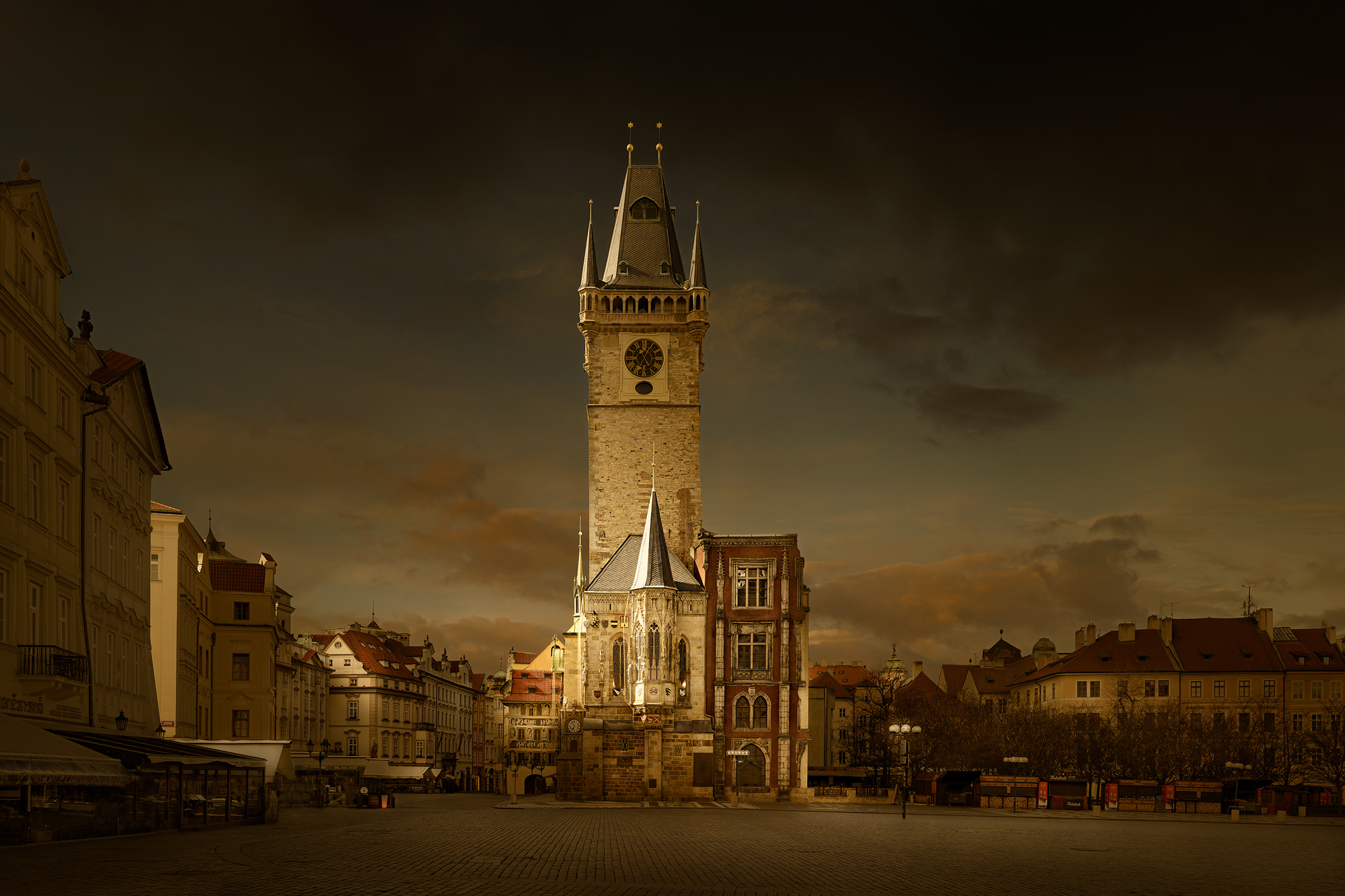
The Fundamental Principle Photographers Forget
‘Everything we see visually, we translate emotionally.’ – It should be tattooed on every photographer’s arm and engraved on every camera! This fundamental principle must dictate every step of creating the photograph from concept to print. Let’s look at this:
1. First you have to accept this statement is true. – Well, it’s the fundamental principle behind the advertising industry: Why McDonald’s burger advertising is made to look so appetizing and delicious, even if reality lets us down!
2. The logical deduction of this equation then is, ‘If you control what the viewer sees, you control what the viewers feels, their emotions.’ We just need to know how to do so.
3. ‘The Artistic Principles’ are guidelines from the wider world of art that tell us how to do so; how to translate ‘What we see’ into ‘What we feel,’ emotion.

Introducing – ‘The Artistic Principles’
Photography is linked to art by visual language. Languages have structure and logic. ‘The Artistic Principles’ is the structure and logic of visual language based on ‘The Cognitive Science of Art’; the science of understanding how we perceive the world and how we ‘read’ visually. ‘The Artistic Principles’ is the actionable knowledge from that science, which artist’s use as guidelines when creating a work of art. Bit of a mouthful, done! – My point being, the following is based on science, not me making up a nice theory, just to tell you a boring story!
Working visually means understanding how ‘Color, Emphasis, Variety, Contrast, Movement, Scale, Balance, Cohesion, Form and Space, etc.’ – all translate into an emotional response, control them and you control the viewers emotional response. It’s not only ‘what you show;’ the subject, but ‘how you show it,’ that’s fundamentally important. How emphasis draws the eye to a particular place in the picture. Movement controls how the eye moves around the picture. Variety creates visual interest, etc. These are a couple of – ‘The Artistic Principles’ and they apply to all pictures in any media, regardless of the subject.
Important Key Facts:
1. Visual language is international. Humans are born with the ability to understand the same universal visual language, whereas we have to learn spoken language which is specific to a region. Because visual language is so universal, we can create emotion which everybody will respond to regardless of their spoken language.
2. Though all humans are born with the ability to ‘read’ visual language, we are NOT born with the ability to ‘write’ in visual language, this requires learning ‘The Artistic Principles.’
3. Curiosity facts: A picture can be processed by the brain in as little as 50 milliseconds or less (MIT research), and we process images 60,000 times faster than text.
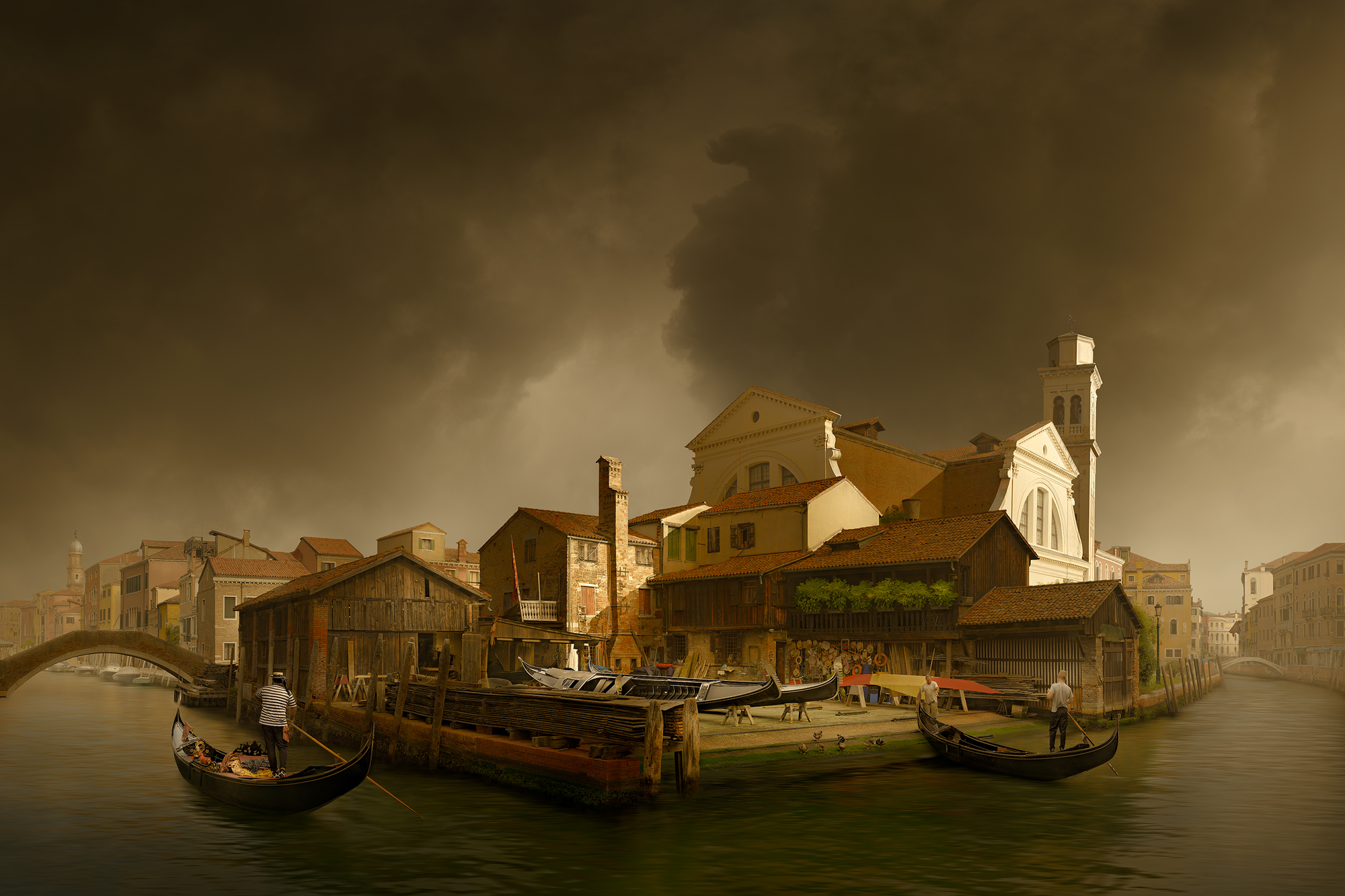
‘The Artistic Principles’ – How We Perceive Pictures Emotionally
Ready to fall asleep. The nerdy bit! – If we understand how the brain perceives a picture, we can understand how ‘The Artistic Principles’ affect each step; how they provide a solution for making the photograph a good photograph based on science, not luck. We can also break ‘emotion’ down into two distinct types.
Let’s take the individual out of photography and understand the basic mechanics of how humans perceive pictures. When we look at a picture, our brain processes the image in three steps: 1. Gather the information. 2. Interpret the information. 3. Produce a response.
At each step ‘The Artistic Principles’ influence the brain:
1. ‘Gather the Information’ – When looking at a picture, the brain scans the picture to gather information. Applying ‘The Artistic Principles’ makes scanning more efficient; the brain receives information quicker because the information is in the correct visual language. The ‘Emphasis Principle’ directs the eye to the main subject, the ‘Movement Principle’ controls how the eye moves around the picture.
2. ‘Interpret the Information’ – The brain compares the information against two ‘databases’ to create associations:
A. The first database is ‘How we perceive the world.’ We’re born with this. It creates associations about perception and emotions, e.g., red is ‘associated’ with danger. Changing tonal values are ‘associated’ with perceiving distance, etc. We can control the associations the brain makes, and therefore emotions – by controlling what visual information we give the brain to interpret.
B. The second database is ‘Memories,’ created from birth. Memory associations. If we grew up eating apples, an image of apples triggers childhood memories. The reason why a photograph of your children creates a strong emotional response in you, but not in other people.
3. ‘Produce a Response’ – The brain produces a result, a response on two levels. This is the important ‘emotion’ bit for photographers:
A. ‘Perception Result’ – Concentrates on how we ‘perceive the world.’ Applying ‘The Artistic Principles’ creates a convincing three-dimensional illusion of reality, so the landscape ‘looks real.’ Factual, not creative principles: there is no ‘artistic freedom.’ They must be applied correctly. You must never contradict ‘how we perceive the world.’ If you do, the brain flags it as illogical and wrong.
B. ‘Feelings Result’ – Concentrates on how we ‘feel about the world.’ Applying ‘The Artistic Principles’ evokes emotion based on the elements of the photograph and how they are structured and orchestrated together. These are creative principles: you do have ‘artistic freedom’ allowing even radical artistic transformations which can make the picture look ‘unreal.’ There are two types of ‘Feelings Result’:
1. ‘What we feel’ – Doesn’t make the brain think further. Qualities like color trigger feelings like calm, beauty, hot, cold, etc. Evoked feelings that don’t need further translation, thought, or action.
2. ‘What we think’ – makes the brain think further. Creating moods and atmospheres that trigger mental stimulation, which requires further thought and action. Qualities that captivate the viewer to stay, study and ask questions, look for answers. Creating visual qualities that imply, suggest, intrigue, secretive, curiosity. These are deeper, more thought-provoking qualities.
As a Silver or Gold member, you can see images in this article larger by clicking on them. Please enjoy.
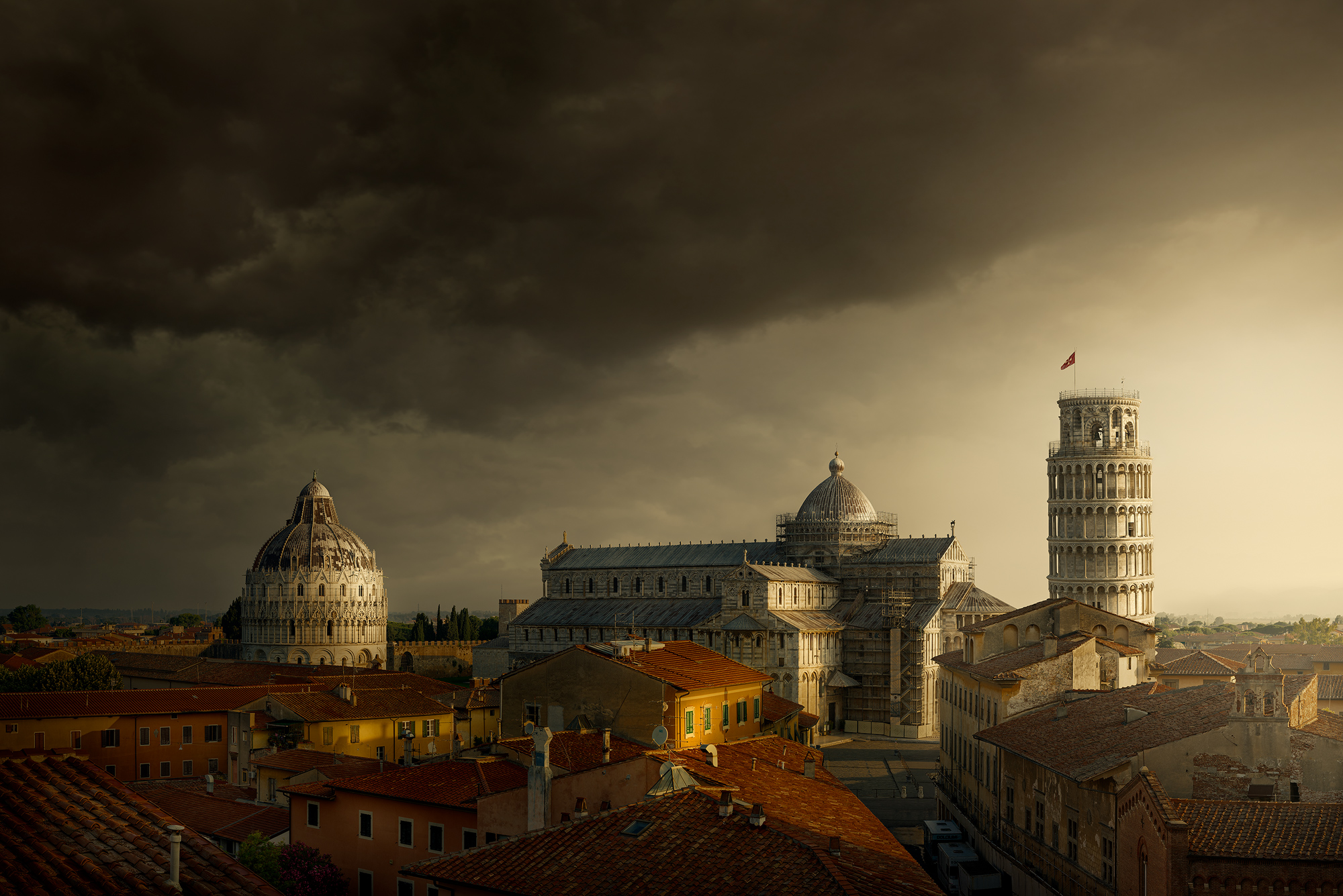
Using ‘The Artistic Principles’ When Creating A Photograph
Nerdy Bit Done! If we understand ‘The Artistic Principles,’ we can manipulate the viewers’ emotions, trigger the imagination and evoke curiosity. Create more interest than just relying on what the photograph depicts, the subject. All we need to do is:
Choose what emotions we want the viewer to have, put the visual qualities associated with that emotion into the picture, and that visual quality will then trigger the emotion we want the viewer to have. – This is THE ‘Holy Grail,’ the core fundamental principle for creating the critical emotional response in viewers that must not be ignored. It’s THE principle that must dominate how you perceive photography and create every photograph, more than depicting the subject of your photograph. I really can’t stress it enough. It sounds simple. Reality though is a little bit harder, but that’s the skill of a good photographer that’s overlooked nowadays!
‘The Artistic Principles’ are the fundamental principles that give us a structure to follow when creating a photograph of any subject. When creating emotion, there are two approaches used:
1. ‘What we feel’ – Translating the literal qualities shown, e.g., the portrait’s expression, body language, and energy of a person depicted; a portrait that captures the mind of the sitter, caught in the process of thought. Make sure the facial expression matches the story told. Literal qualities like color must also match the emotion. Orange is associated with the warmth of a sunny day and friendliness. Blue is associated with the coldness of snow, winter, discomfort, etc. Drama is implied by strong diagonal lines and peace by horizontal lines.
2. ‘What we think’ – What thoughts do we want to trigger in the viewer. Creating the suitable light, mood, drama, and atmosphere of the landscape so it evokes a feeling of the landscape’s personality, like portraying the personality of a person in a portrait. Darkness evokes a feeling of mystery, curiosity, secretive and sinister; that ‘something’ else is happening yet not shown. Whereas brightness, on the other hand, evokes a feeling of openness, honesty, peace, and tranquility. The contrast gives the photograph life and drama.
Equally, it’s also what we don’t show but imply, we have to fill in and create in our imagination which makes the photograph strong, captivating and engaging, emotional, and appealing. Showing everything too clearly and easy to read, actually removes the one essential ‘trigger’ that makes the photograph good; you remove the need for the viewer to do any work. You left nothing for curiosity and imagination. We must get the viewer mentally ‘involved’ in the picture.
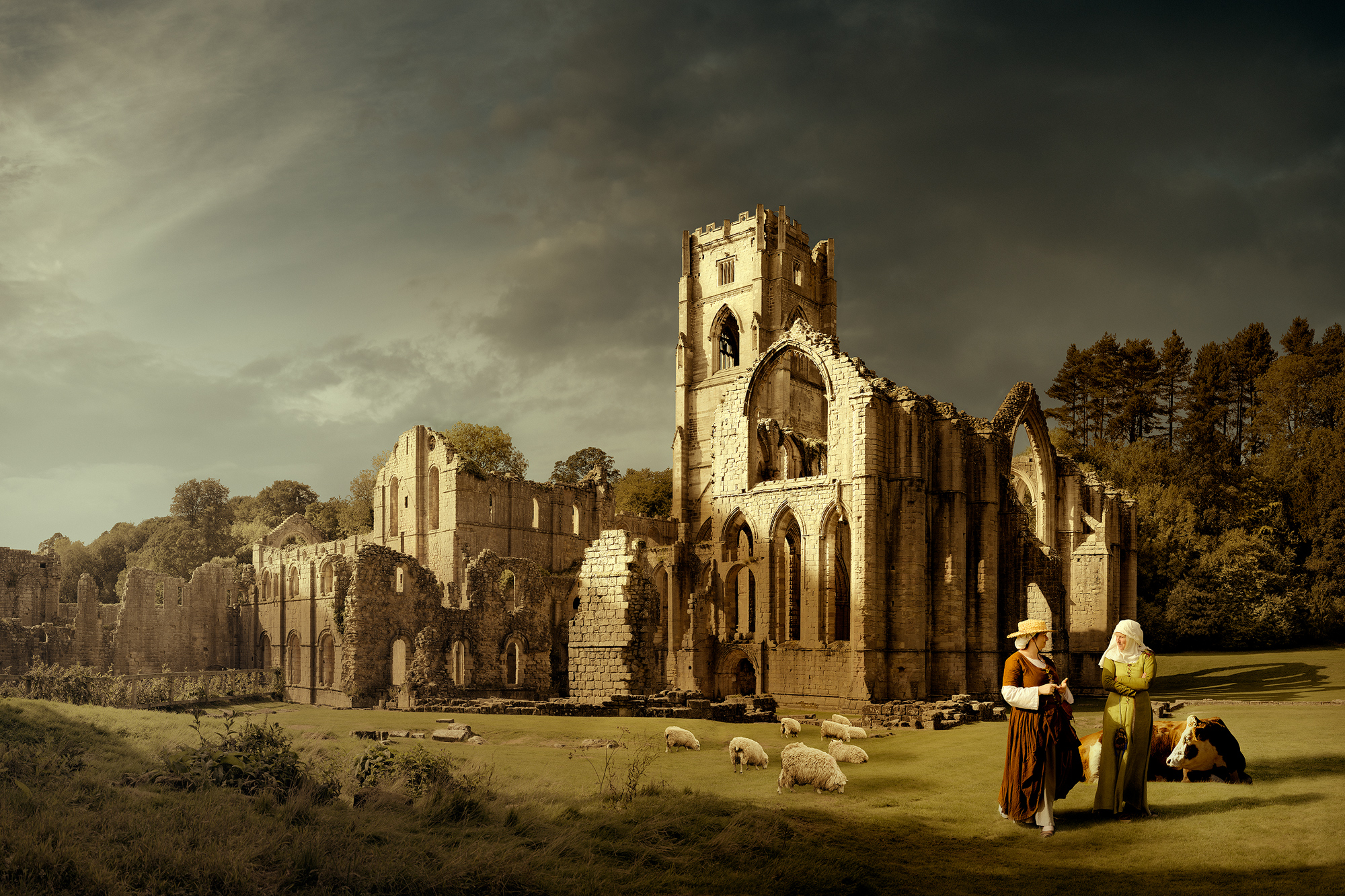
Why ‘The Artistic Principles’ Are So Important
The process is like visual ‘word association.’ As stated previously: Identify the emotion you want to evoke, find the subject and artistic qualities associated with that emotion, put those qualities into the image, and evoke the emotion you intended. The most common way to evoke the desired emotion is by portraying the correct light associated with the emotion you want to evoke. The logic can be taken to very sophisticated and subtle levels where the viewer is totally unaware their emotional response is being manipulated and controlled by you. ‘The Artistic Principles’ are critical to learning because they provide so many major benefits for all photographers shooting any subject:
1. Contrary to popular belief, it’s not about YOU, it is about your VIEWER. Some quote the idea there’s no good or bad photography, it’s all about the ‘enjoyment of taking photographs.’ That’s just bad photographers justifying bad photography! If your photograph is viewed by someone else, 50 Milliseconds after being viewed, that concept goes straight out the window. That rule changes. It better performs as visual communication. That’s not your decision. The viewer takes that decision completely out of your hands. It’s a lovely and fluffy concept, but wrong. The solution is so simple – create a good photograph and everyone is happy!
Everyone knows there are good and bad photographs, your ‘instinct’ tells you. ‘Instinct’ is your brain reading the photograph using visual language and receiving confusing signals. A good photograph gives a clear signal, and a bad photograph gives a confusing signal. ‘The Artistic Principles’ ensures there are no confusing signals; your brain receives the information as a pure signal in the visual language it understands. That’s what ‘Visual Communication’ is – Communicating ideas and emotion – visually.
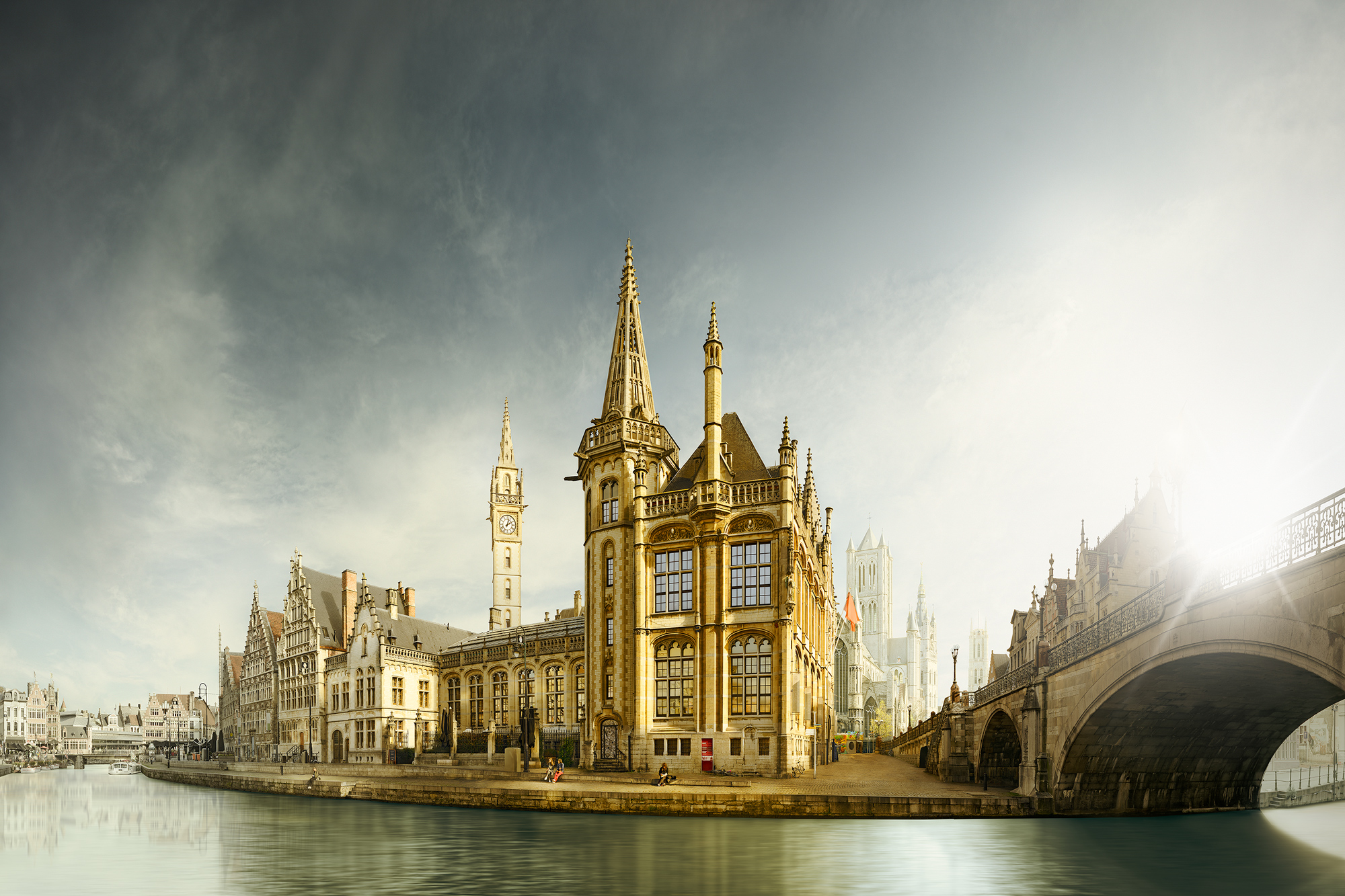
2. Photography is unique in that it gives us a ‘ready-made image.’ This allows us to bypass an enormous amount of artistic knowledge that working in another media, would not allow. We may not think about ‘The Artistic Principles,’ and digital photography is certainly not going to force us to think about them, but that doesn’t make ‘The Artistic Principles’ not exist, they do. We all use the principles every time we look at any picture. So, it’s illogical for a photographer working in a visual language, not to learn how to speak in a visual language. A bit like living in Russia and deciding not to speak Russian. How can you communicate if you don’t speak the language? ‘The Artistic Principles’ is visual language at a fundamental level and choosing to ignore or not learn the principles is quite literally ‘choosing’ to make bad photography by default.
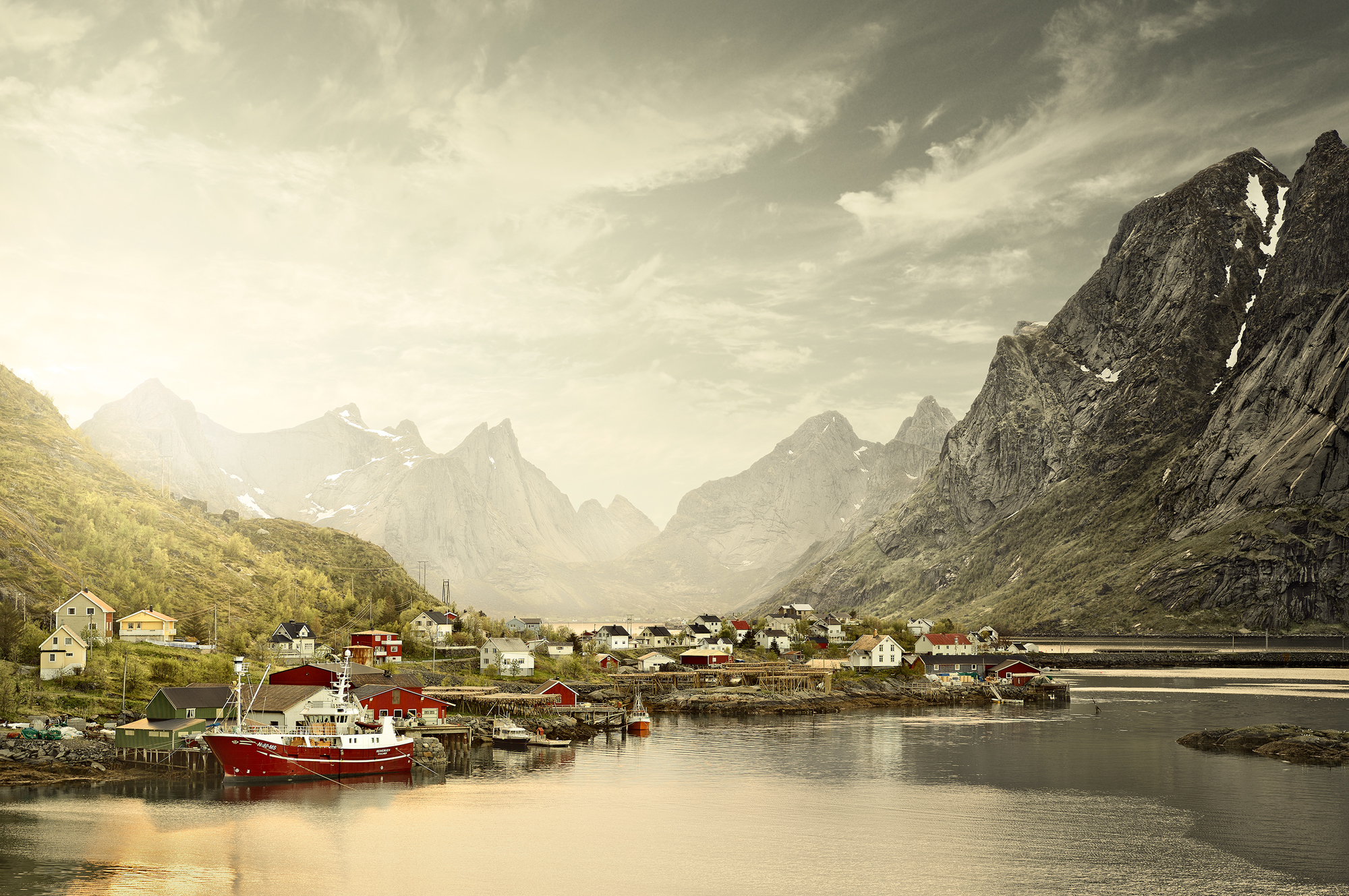
3. You can only apply about 20% of ’The Artistic Principles’ in the camera, the remaining 80% can only be applied in post-production. To create good photography, you have no choice but to look beyond the camera, remove the expectation of the camera doing all the work for you. You must invest in quality post-production. And yes, that means NOT Lightroom! The camera simply can’t do all the work and Lightroom is far too limited. The camera can record emotion, it can’t create emotion, that is just the way life is. This over-reliance on the camera is producing sterile, clinical, mechanical, and dead photographs without any signature of human creativity or personality. A photographer not wanting to do post-production seriously is like ‘wanting to bake a cake but refusing to use an oven!’ Totally illogical, absurd, and impossible if you want to create quality. Photography and post-production are the two sides of the same coin. An excellent photograph can’t exist without both. What limits photographers the most from ever being talented photographers is the refusal to learn proper post-production, NOT so much the photographs they actually take.
To be very clear – not every photograph needs major artistic transformation. It’s unsuitable for most photographs. However, EVERY photograph needs to comply with ‘The Artistic Principles.’. ‘The Artistic Principles’ are NOT just for major artistic transformations; they are for fine-tuning every photograph you create.

4. Why is Lightroom ‘too limited.’ Because: You can’t apply most of ‘The Artistic Principles’ using Lightroom because Lightroom doesn’t have the tools that allow you to apply them. Lightroom and automated sliders are pushed as being the solution for photographers. It’s not. Your work will look generic because everyone has the same restrictions and is using the same formula solutions. Photoshop is not as intuitive at first glance, but I could have you using Photoshop in one hour! The learning curve is literally no harder or longer than Lightroom. It’s only because you are being terribly misled, deceived, and pushed into Lightroom by social media ‘experts’ that Photoshop has been labeled ‘hard,’ but you’re paying the price for Lightroom in the quality of your photography. Photoshop’s even included with Lightroom, so cost is not an excuse!
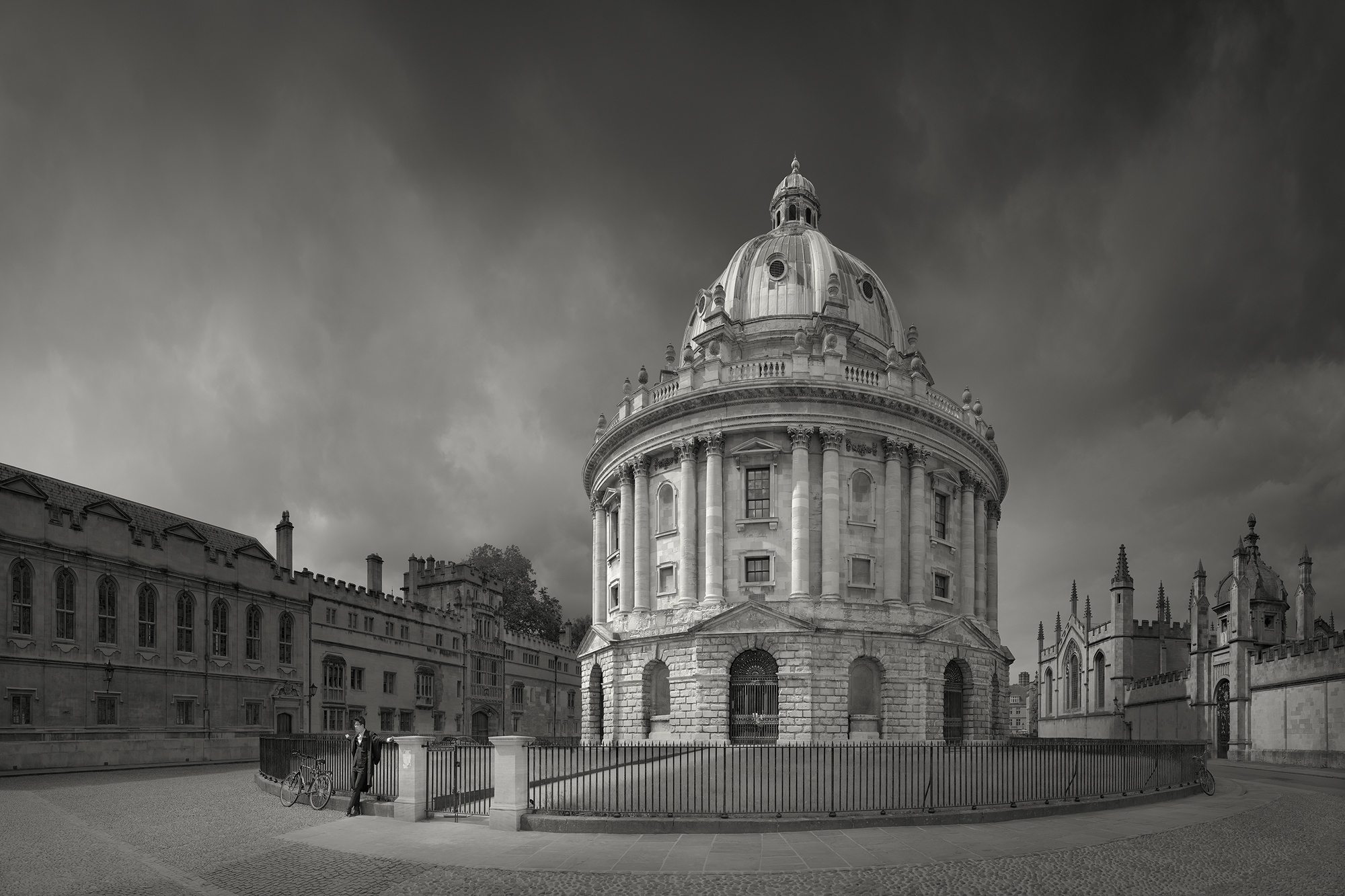
5. Formulas produce generic images. The ‘leading lines’ principle, endlessly quoted by photographers. The limitation of only shooting at sunset and sunrise, the rule of thirds principle, the requirement of a foreground object every time, saturated ‘postcard’ color, and so on. It’s time to think beyond formulas and learn fundamentals. For example, I watched a YouTube video by a landscape photography ‘God,’ the main subject being a castle on top of a cliff in fantastic moody weather. In the foreground is a large rock on the beach. The rock is used to create distance. There are many ways to create distance. You don’t put a large, irrelevant, distracting rock at the bottom of the picture that adds nothing to the story! It just sucks the energy and attention away from the primary subject, the castle. This dependence on formulas propagated by YouTube ‘experts’ and compounded by Lightroom limitations are only good starting points for learning, but you must advance beyond them. These formulas are chains keeping your photographs identical to everyone else literal and generic looking. You don’t need any formulas at all if you understand what you are doing at a fundamental level. Your work will be far more creative and unique if you break free from the formulas and turn to learning fundamental principles. ‘The Artistic Principles’ are those fundamentals.

6. The Artistic Principles give you a set of criteria to judge your photograph against when it’s completed, a checklist so you can judge yourself if the photograph is successful and nothing has been forgotten. Applying all ‘The Artistic Principles’ correctly means, by default, it has to be a good photograph because ‘The Artistic Principles’ define all the qualities a good photograph must have. A perfect photograph is defined as, The perfect application of the ‘Artistic Principles.’
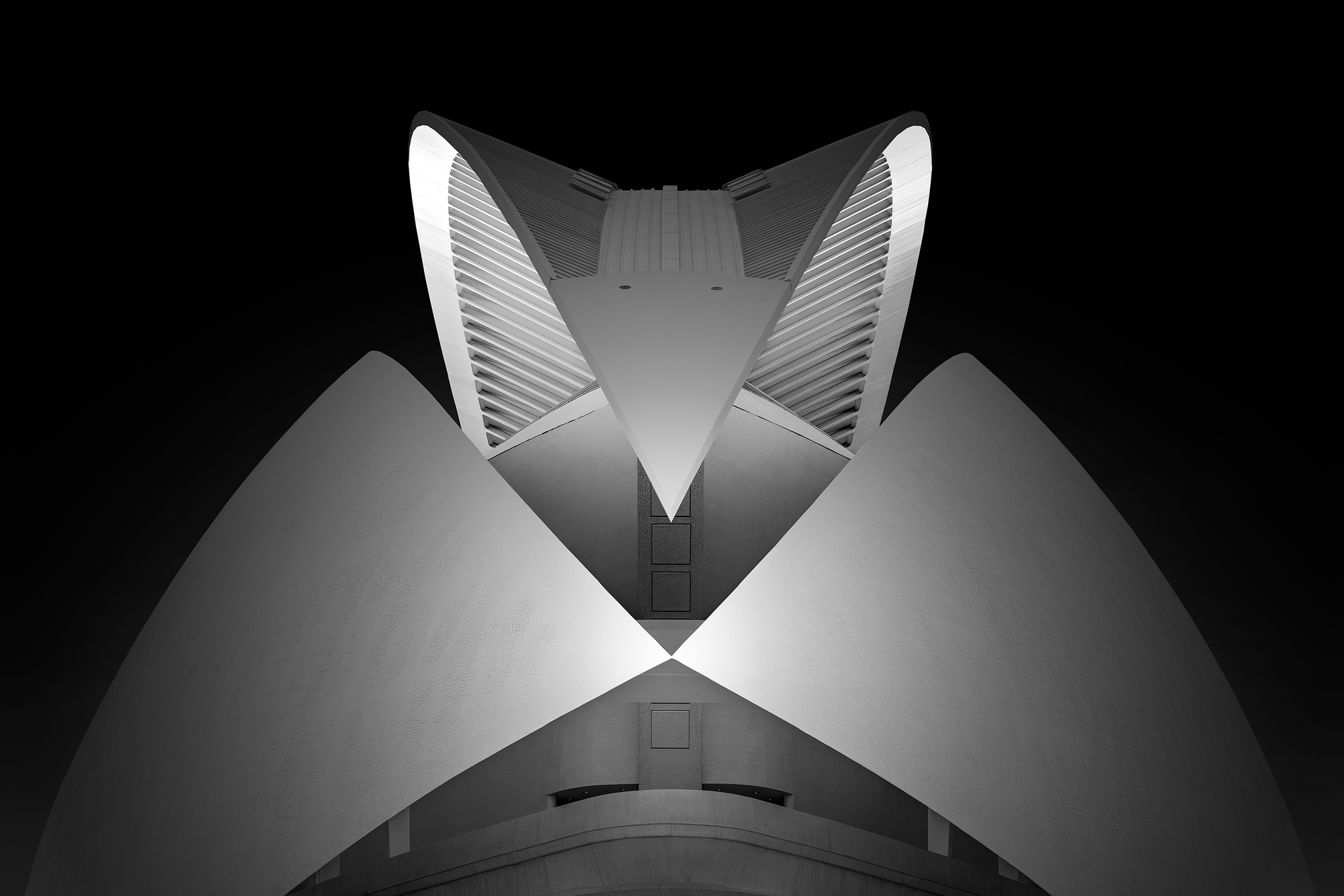
7. What I have explained here, can never be replaced by technology. Technology will never be clever enough to replace the infinite subtleties of the human brain and individual creativity. ‘Tips tricks and presets’ totally miss the whole point of what photography is about – ‘expressing an idea and creating emotion.’ ‘Quick automation and instant gratification,’ only produce soulless images. The photographer who understands ‘The Artistic Principles’ and can apply them, will always win, every time, with every picture because they understand how to bridge the emotional gap between picture and viewer on a fundamentally human level that tools and technology can’t do alone.

I’m not arrogant enough to assume I’m the only photographer who knows this. Photographers use artistic principles, but often unknowingly, more by accident and in various degrees. That is very different to true understanding and being methodical. I am definitely saying, ‘The Artistic Principles’ are not given the importance they deserve and are a great deal more sophisticated than most photographers realize, but they are not complicated principles.
The intention of the essay is to improve your photography because there’s an awful lot of poor, bad and wrong advice. Photography is becoming very misunderstood. How do I know my advice is correct? Because it’s been good enough for the old master painters to use for over 600-years, it’s based on science and evolution, and I’ve based 37-years as a working professional photographer and current images on it. My advice is correct because it can be backed up with proof.

My Photography Workshops Are Unique Because They Teach: ‘The Artistic Principles’
My photography workshops are unique because they are structured around teaching you the fundamentals of ‘picture-making’ first and photography second. The Artistic Principles and the techniques to apply them. This means the principles I teach you can be applied to any subject. Only the retouching technique varies depending on the subject, not the artistic principles. My personal subjects are architecture and landscape photography. I teach the entire process of ‘picture making’ from concept to print on one workshop. Most photography workshops concentrate too narrowly on photography alone and miss the bigger picture where the problem resides that need solving.
Please visit my WEBSITE for my workshop information.
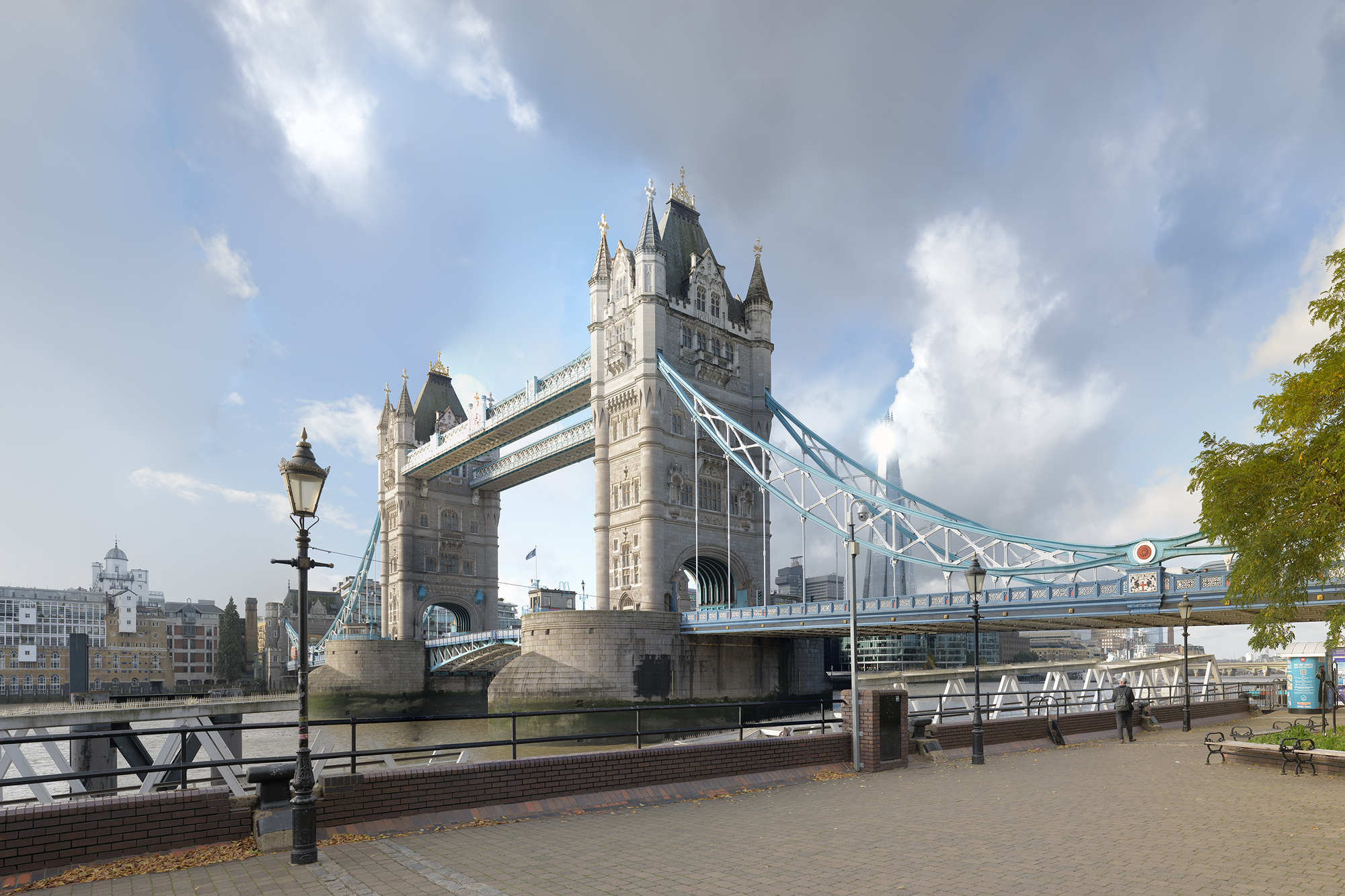
Behind The Photograph: Tower Bridge, London
The best way to illustrate the implementation of those artistic principles is to follow how I implement them into a photograph. In future articles, I take you through how I create a photograph, from concept to finish. The first case study is a photograph called: ‘Tower Bridge, London.’ A quick preview of my very bland starting material is shown above.
Thank you and I hope you have enjoyed this first article. Please visit the FORUM to leave comments and discuss the concepts of this article.
David Osborn
January 2022
London, London
A professional photographer for over 37-years. I began as a hard news photographer with Reuters News Agency in London before moving into corporate photography and worked all over the world culminating as chief photographer responsible for documenting the £4 billion, London Heathrow Airport, Terminal 5 Construction Project. I now teach photography workshops full time, passing on my years of work experience to help enthusiasts work successfully in a visual way while making their photography more artistic and creative.








